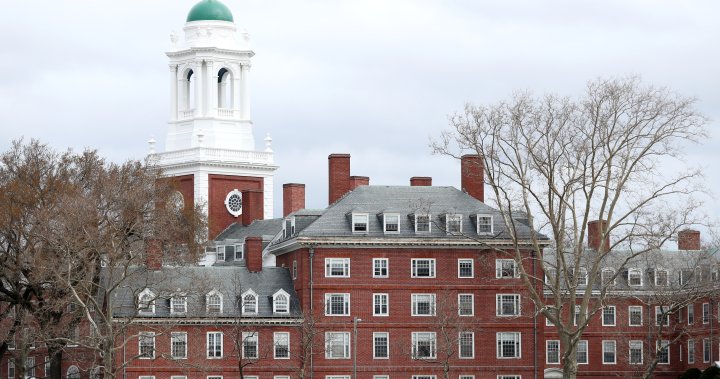
Harvard holds remains of 7,000 Indigenous and enslaved persons: report
Global News
According to reports, the human remains 'were obtained under the violent and inhumane regimes of slavery and colonialism' and were used to promote 'spurious and racist ideas.'
A leaked draft report from a Harvard faculty committee revealed an extensive collection of human remains in the University’s museum, including the remains of at least 19 individuals who were likely enslaved and almost 7,000 Indigenous people.
According to the Harvard Crimson, the draft report (which had yet to be finalized) was produced by a committee responsible for studying how Harvard should treat the human remains in its collection.
The remains, according to the draft report, “were obtained under the violent and inhumane regimes of slavery and colonialism,” the Crimson claimed.
The report is dated April 19 and was produced by the University’s Steering Committee on Human Remains in Harvard Museum Collections. It urged the school to return the remains to familial descendants, or descendants’ communities if ancestry is unclear.
The Crimson reported the draft also acknowledged the Native American Graves Protection and Repatriation Act (NAGPRA), a 1990 U.S. law that produced guidelines for federally funded organizations to return Indigenous human remains and cultural objects from any collection.
Last year, Harvard claimed its former collection of the remains of over 10,000 Indigenous people had been reduced to 7,000, as per NAGPRA.
“Our collection of these particular human remains is a striking representation of structural and institutional racism and its long half-life,” the draft report reads.
The draft continues, “Moreover, we know that skeletal remains were utilized to promote spurious and racist ideas of difference to confirm existing social hierarchies and structures.”











